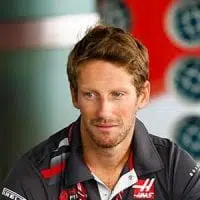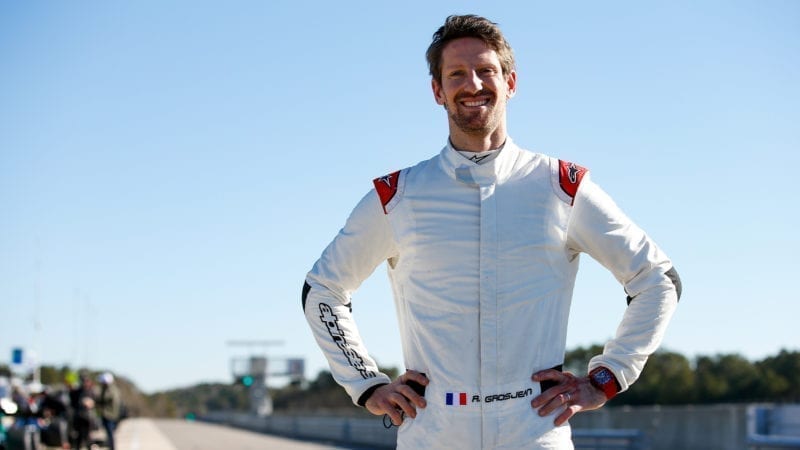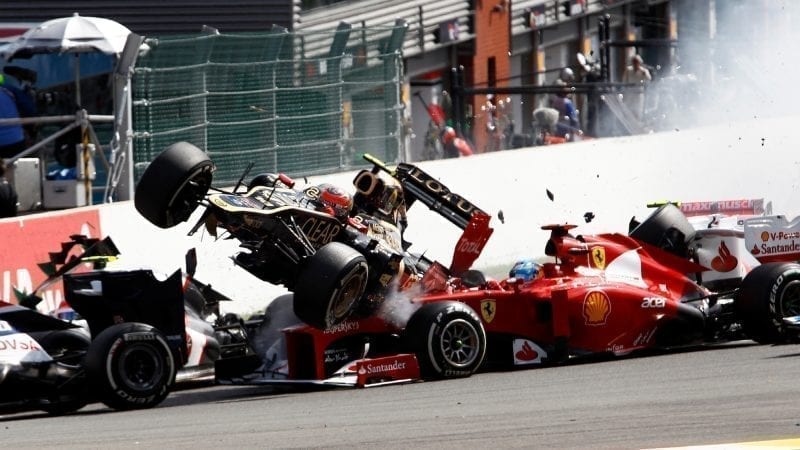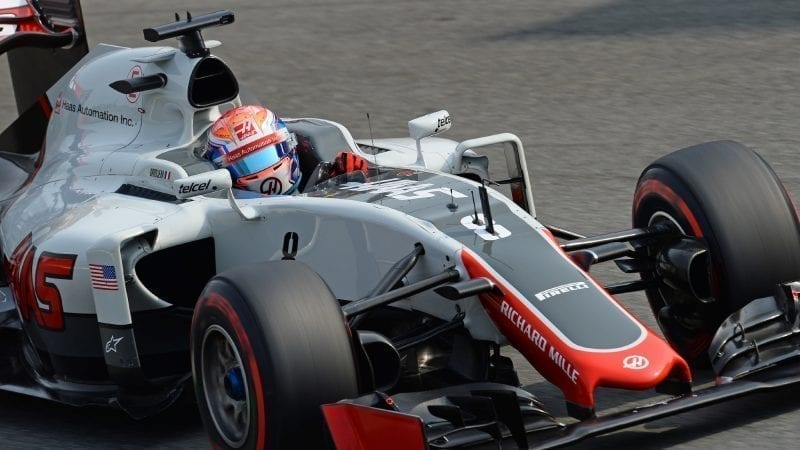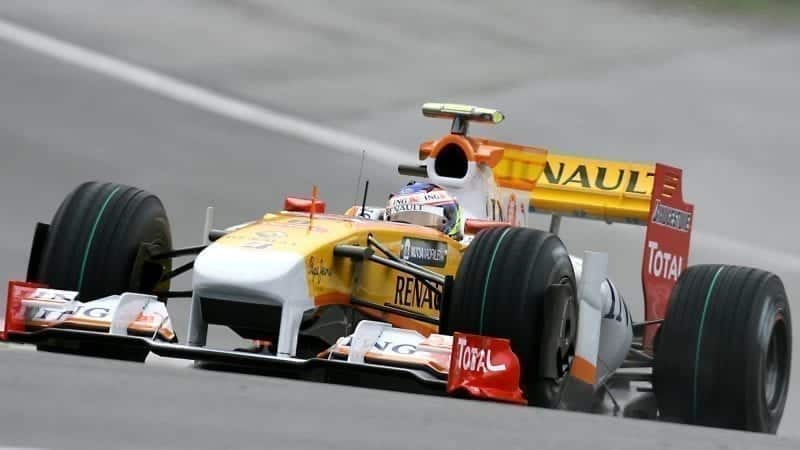Now a member of Renault’s driver development programme, Grosjean stayed with Signature for the 2006 F3 Euroseries with his Dallara now Mercedes-powered. It was a difficult campaign with third at Oschersleben the only podium finish. However, he dominated the British F3 meeting at Pau –winning both races from pole position – and Grosjean was fifth in both the Zandvoort Masters and at Macau.
His 2007 move to ASM F3 transformed Grosjean into a regular front runner for the reigning three-time champions. He won six times to clinch the F3 Euroseries crown at the final round with ASL-Mücke Motorsport’s Sébastien Buemi in his wake.
GP2 success and Formula 1 failure
GP2 was next on Grosjean’s horizon, remaining with the renamed ART Grand Prix for the inaugural Asian championship in 2008. His debut weekend in Dubai could not have gone better – Grosjean converting pole position into victories in both the feature and sprint races. Subsequent wins at Bahrain and Dubai eased Grosjean to another title with Buemi runner-up once again. Grosjean then won at Istanbul and Spa-Francorchamps as he finished fourth in that summer’s GP2 Series.
Signed by the Renault F1 team as its reserve driver for 2009, he was GP2’s immediate pacesetter with Barwa Addax. Fastest in qualifying and winner of the opening two feature races at Barcelona and Monaco, Grosjean had been overhauled by Nico Hülkenberg by the time he quit the series to make his F1 debut. Renault dropped Nelson Piquet Jr after the Hungarian GP with Grosjean promoted in his place. However, rather than be his golden moment, Grosjean appeared out-of-his-depth and failed to qualify or finish in the top 10 during seven hapless appearances.
Rebuilding his reputation
Released at the end of the season with his reputation in tatters, Grosjean spent the next two seasons re-establishing himself and earn another F1 chance. 2010 was a busy campaign with Grosjean racing in GT1, Auto GP and GP2. He began the year in the new GT1 World Championship when sharing Matech Competition’s Ford GT with Thomas Mutsch. They won at Abu Dhabi and Brno before Grosjean turned his attention to single-seaters once more. He only joined DAMS’ Auto GP line-up at round five but he won four of the eight subsequent races to snatch the title at the death. As well as that, Grosjean replaced Jérôme d’Ambrosio in the team’s GP2 squad from Hockenheim and he twice finished third.
